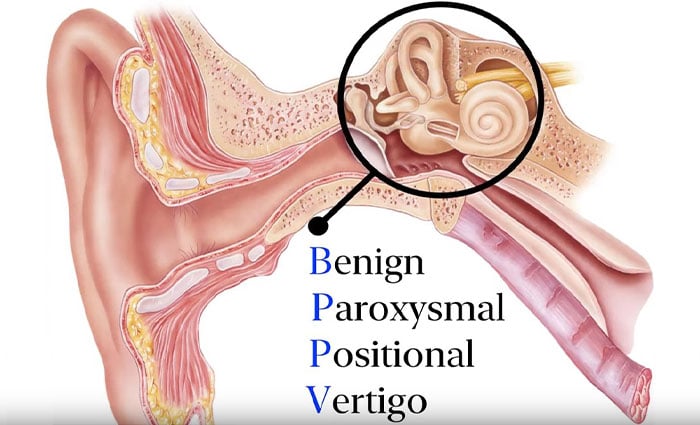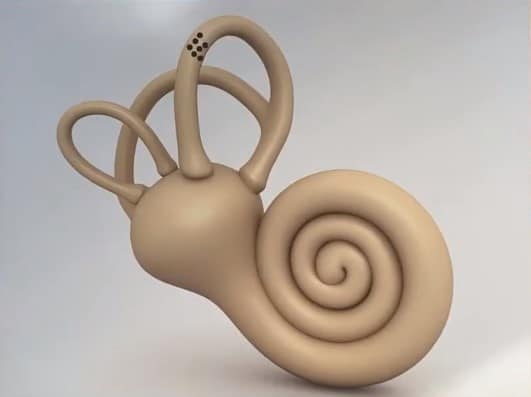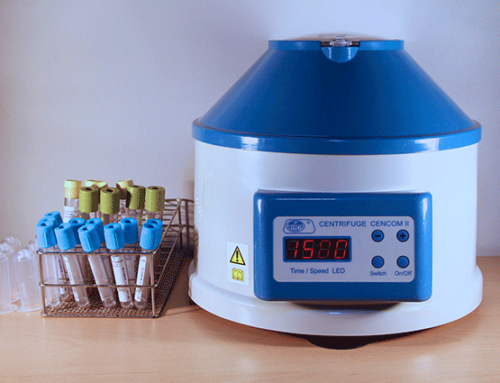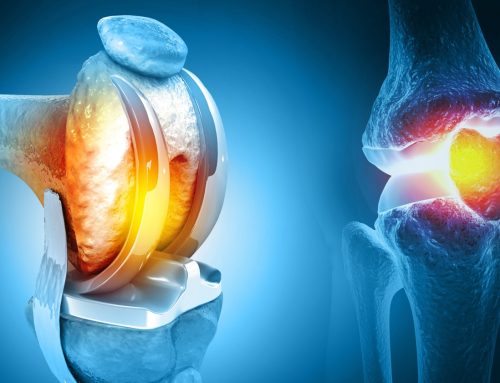Cary Orthopaedics physical therapist, Chad Moses, PT, Cert. DN/SMT, GTS, CKTP, Dip. Osteopractic, has produced our Patient Education Series to inform patients about various physical therapy techniques. In this episode, physical therapist assistant, Stephanie Bernard, PTA, CKTP, Cert VRS, discusses benign paroxysmal positional vertigo.
What is benign paroxysmal positional vertigo?
Benign paroxysmal positional vertigo (BPPV) is triggered by certain changes in head position, such as tipping the head up or down. It’s rarely serious unless it increases the risk of falling. People can experience dizziness, a spinning sensation (vertigo), lightheadedness, unsteadiness, loss of balance, and nausea.
What causes this condition?
BPPV (Benign Paroxysmal Positional Vertigo) occurs as a result of displaced otoconia, which are small crystals of calcium carbonate (also referred to as “otoliths” or “canaliths”) that are normally attached to the otolithic membrane in the utricle of the inner ear. Reasons of incidence range from trauma, infection, or even simple aging, canaliths can detach from the utricle and collect within the semicircular canals causing “spinning” or vertigo.
How is BPPV diagnosed?
Diagnosing BPPV involves taking a detailed history of a person’s health. The doctor confirms the diagnosis by observing nystagmus — jerking of the person’s eyes that accompanies the vertigo caused by changing head position. This is accomplished through a diagnostic test called the Dix-Hallpike maneuver.
How does physical therapy help with benign paroxysmal positional vertigo?
The goal of the canalith repositioning procedure (CRP), or commonly known as Epleys Maneuver, a form of vestibular rehabilitation therapy, is to move the displaced canaliths to stop these false signals and the debilitating symptoms they can cause.
These maneuvers involve a series of specifically patterned head and trunk movements performed by a trained professional who closely watches eye movements with each position change. CRP is very effective, with an approximate cure rate of 80%. The recurrence rate for BPPV after these maneuvers is low. However, in some instances additional treatment(s) may be necessary.
Where can I find treatment for BPPV in the Triangle?
The physical therapists at Cary Orthopaedics – in Cary, Morrisville and Holly Springs – offer treatment for BPPV along with a variety of other PT techniques, strategies and modalities to treat each patient’s unique condition. Contact us today to make your physical therapy appointment.







